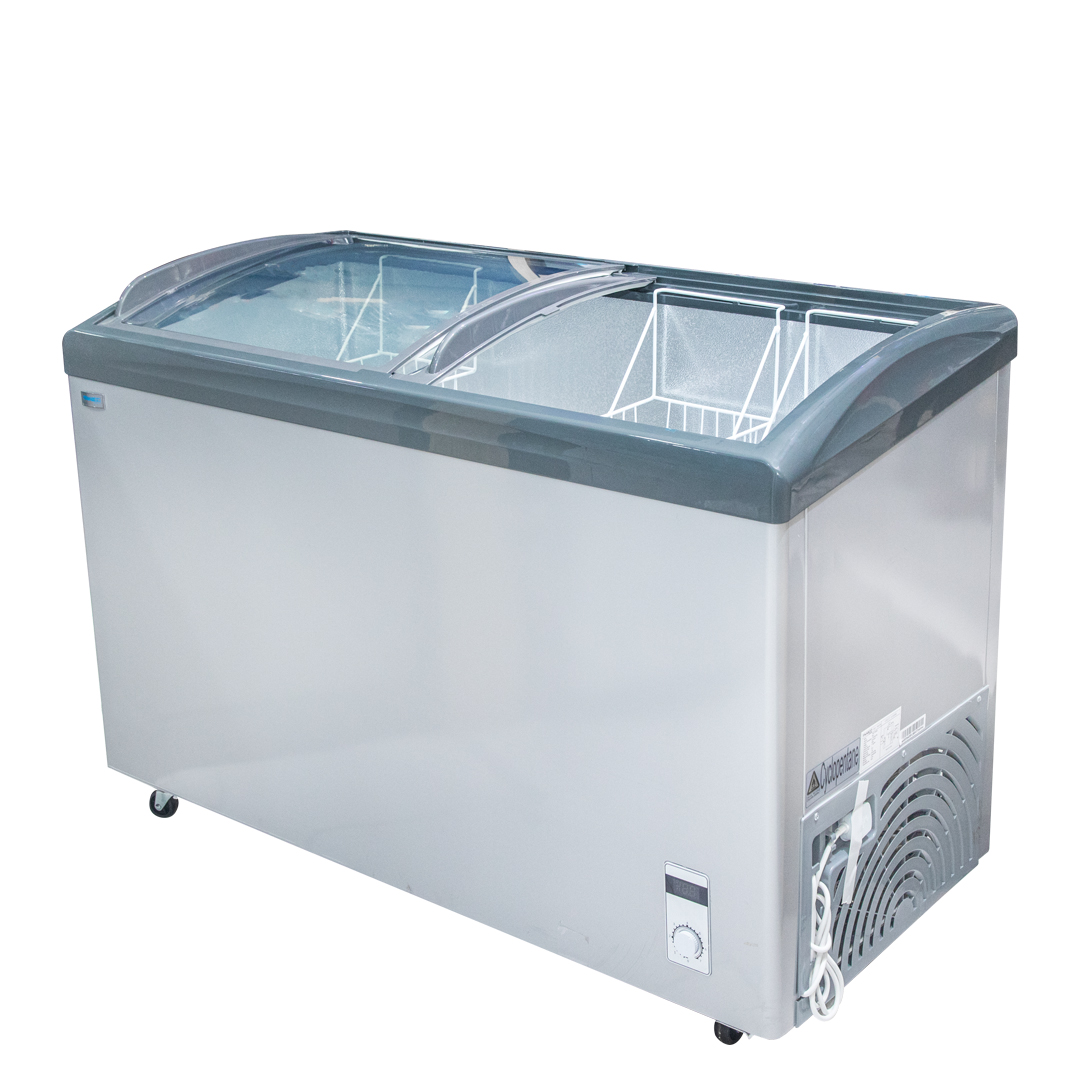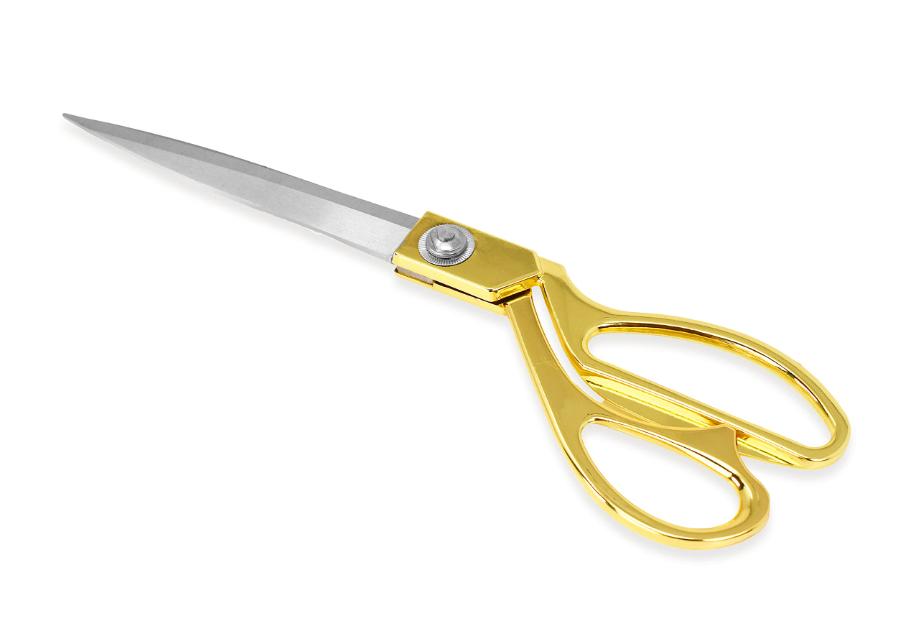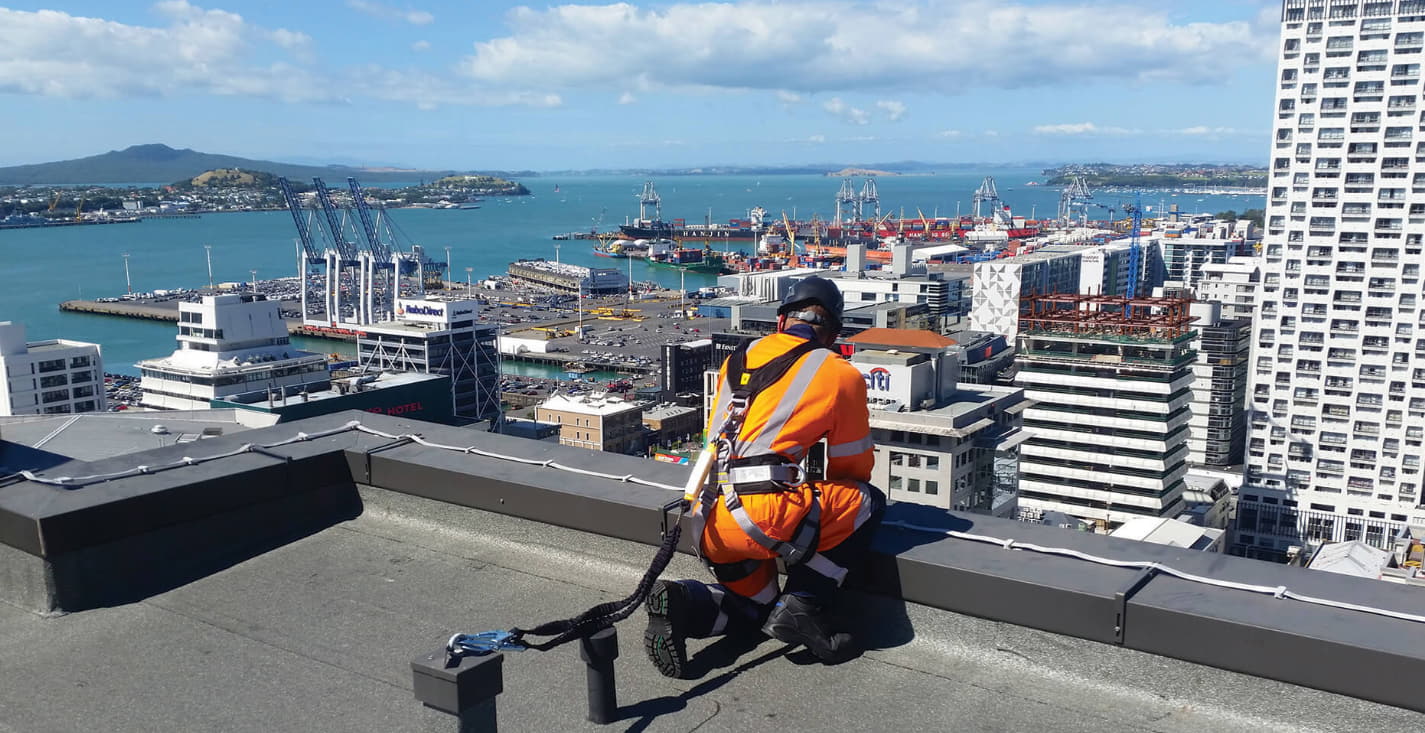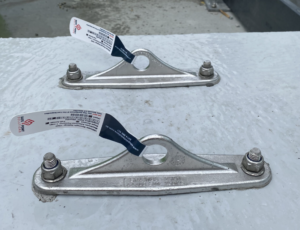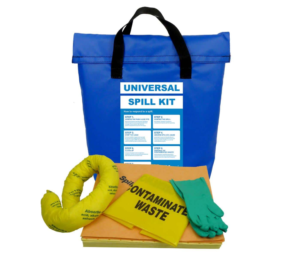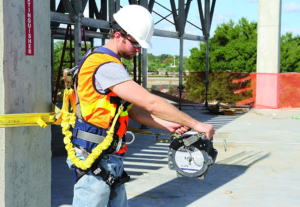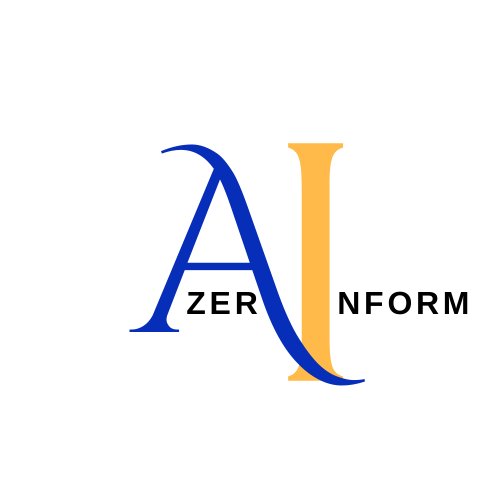Falls from heights are a leading cause of injuries and fatalities in the construction industry, often attributed to inadequate safety measures during work on rooftops. A crucial aspect of these safety measures involves the use of roof safety anchor points. These devices provide a secure point of attachment for lifelines and other forms of fall protection equipment, thereby playing a pivotal role in preventing falls.
Understanding Roof Safety Anchor Points
These points, also known as anchors, are critical elements in any fall arrest system. They are typically made from steel or other robust material and securely attached to the roof structure. When used in conjunction with appropriate personal protective equipment (PPE), they provide a lifeline that can stop a worker from falling to the ground, hence mitigating the risk of severe injury or death.
How Do Rooftop Anchors Contribute to Fall Prevention?
When used correctly, rooftop anchors can effectively stop an accidental fall. They serve as the attachment point for a worker’s harness, which connects to a lanyard and then to the anchor point. In the event of a slip or trip, the safety harness and lanyard system arrest the fall, while the anchor point ensures the worker remains suspended safely above the ground until rescue arrives.
To ensure maximum protection, these anchorage points need to be strategically placed on the roof, usually at regular intervals and near the edges. This allows workers to move freely across the roof without disengaging their safety line, thus maintaining constant fall protection.
Complying with Safety Standards
According to Occupational Safety and Health Administration (OSHA) regulations, employers must provide fall protection for employees working at elevations of six feet or more. This includes the installation of suitable anchor points that can support the weight of a falling worker.
Moreover, these anchorage points must be inspected regularly to ensure they remain in good working condition. Any signs of corrosion, wear, or damage could compromise their integrity, making them ineffective in a fall situation.
Exploring Different Types of Safety Anchors
There are various types of safety anchors available, each suited to different roofing materials and structures. For instance, permanent anchors are designed for long-term use on a specific building, while temporary anchors can be moved and adjusted as needed. Some anchors are designed for flat roofs, while others are suitable for sloped surfaces.
The Bottom Line:
In conclusion, roof safety anchor points play an indispensable role in fall prevention. Their strategic use, regular inspection, and adherence to safety standards can significantly reduce the risk of falls, providing workers with the confidence and security they need to perform their tasks efficiently and safely.

 Home
Home